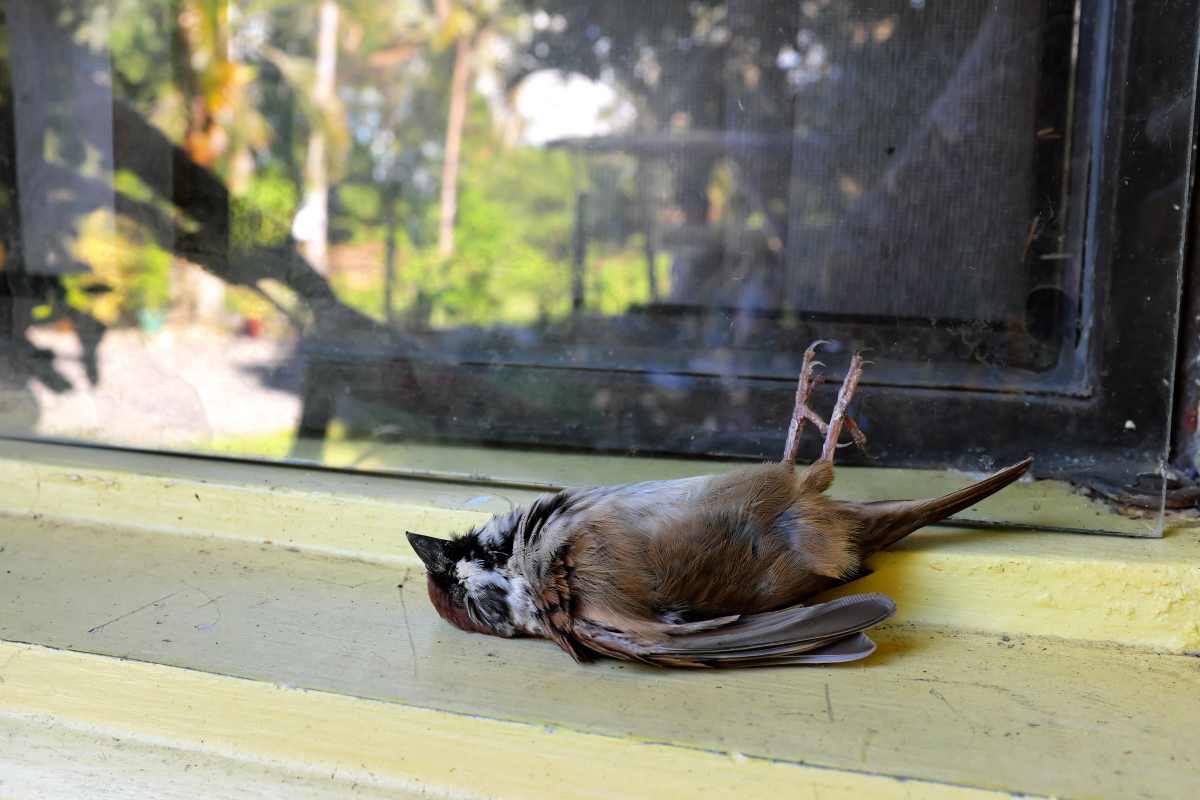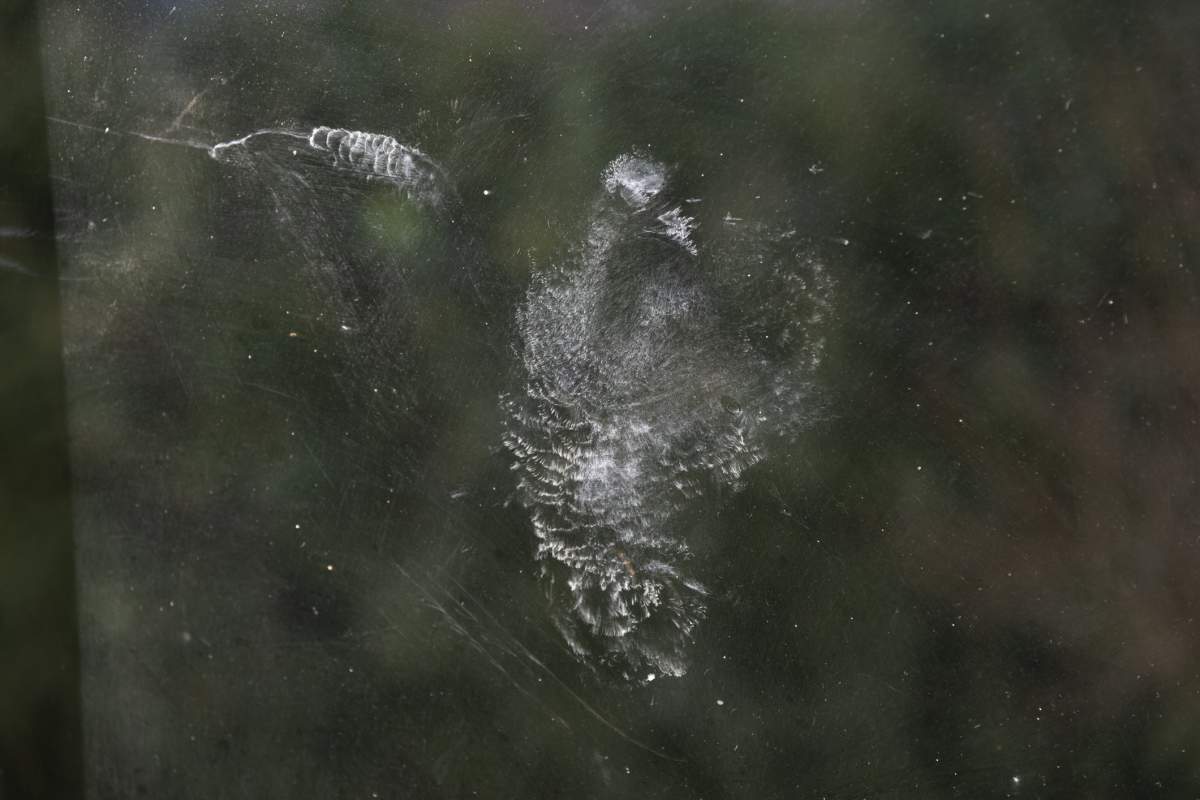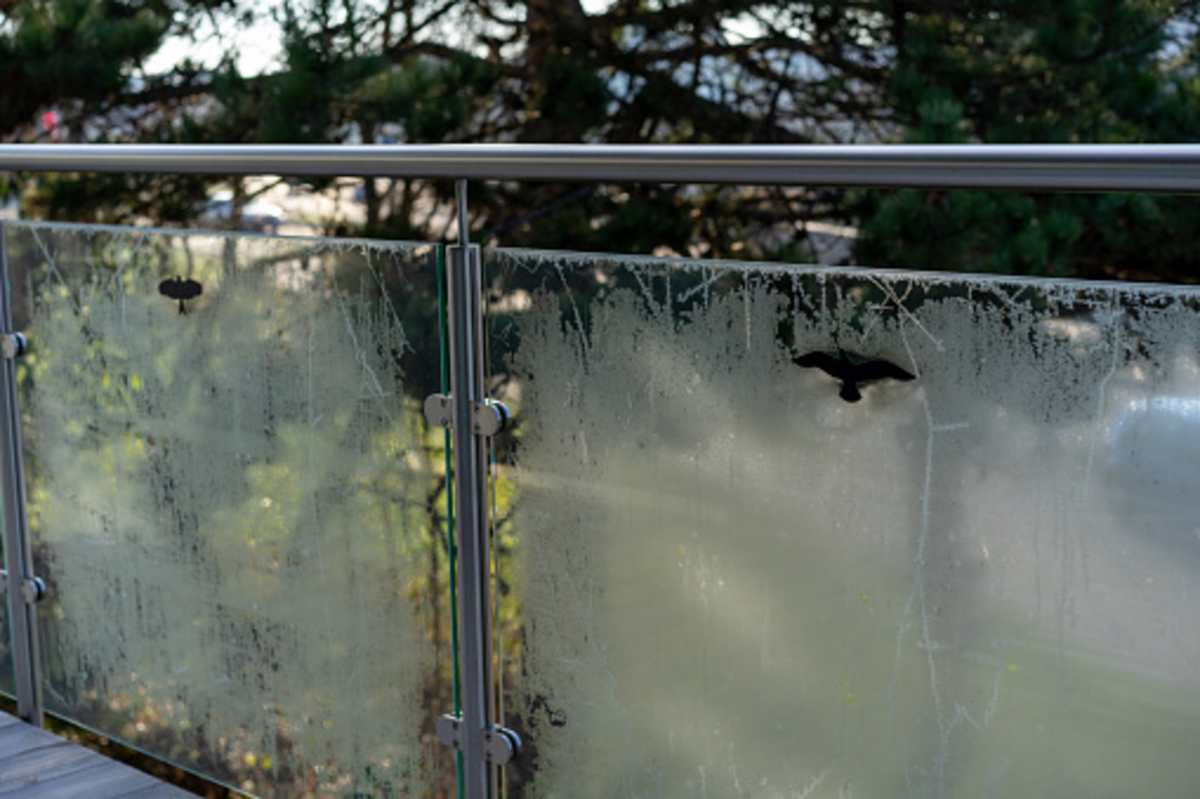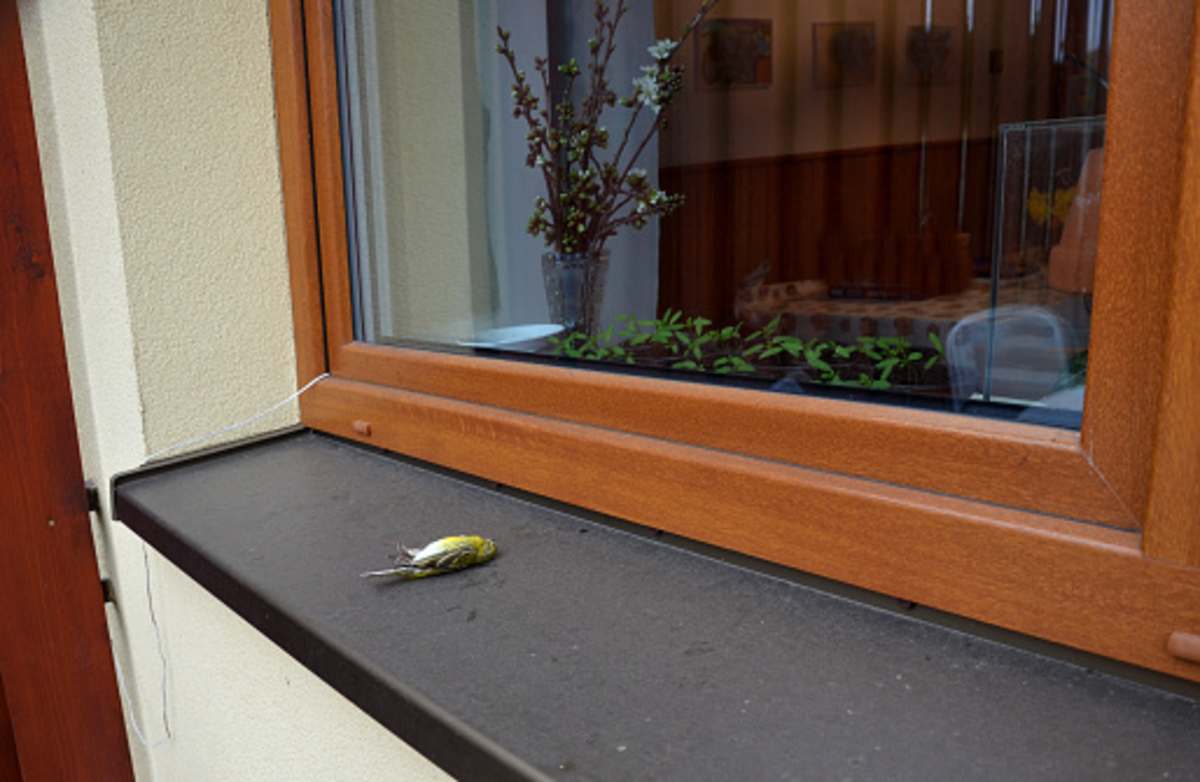You May Love Birds In Your Garden But Your Home Windows Might Be Putting Their Lives In Danger

Bird collisions with windows are becoming an increasing problem in the U.S. and a matter of concern for bird conservationists. Millions of birds die every year, colliding with glass windows in tall skyscrapers and low-rise residences. While concrete jungles like New York City certainly pose a problem for the birds, even residences with only 3 to 4 stories are a major cause of death. 56% of bird deaths occur at low-rise buildings and residences, as reported by a 2014 study published in the BioOne Digital Library. This is because the deaths per building in low-rise buildings were collectively higher than in skyscrapers. Experts share measures to prevent bird-window collisions and ensure their well-being, per Treehugger.

Ways to prevent bird-window collisions

High or low-rise, the increasing toll of birds dying in North America has resulted in a rapid decline in the bird population. Essentially, birds do not understand the complex nature of windows. Their brain is not wired as humans and fail to recognize the deceptive nature of glass. When windows reflect the sky and a habitat, birds fly into them at full speed, leading to a head-on collision with high chances of fatalities. Even if some birds manage to survive the impact, they will likely die later on due to internal injuries or the shock of the collision. Hence, it is crucial that homeowners, especially those with low-rise residences, be more cautious of their windows attracting birds and creating obstructions in the mirror.

For homes with bird feeders or native plants, it will negate the purpose of serving birds if they ultimately die due to collisions with your windows. Therefore, bird feeders and any attractive plants must be kept three feet away from windows to avoid such accidents. Additionally, people can install safety tools for the birds. Grid patterns on the glass windows with no more than 2 inches of space between the elements will hinder the pristine glass reflection and allow birds to navigate accordingly. Organizations like The American Conservancy and Feather Friendly provide such products for homeowners and ensure the safety of garden birds.

Window screens also help cut out the reflection of the glass and reduce collisions. Moreover, they serve the dual purpose of deterring insects from entering the house and becoming a bouncier surface for birds, in case they collide. An ideal option for lazy homeowners, leaving your windows dirty could benefit the backyard birds to figure out the deception of the glass. Additionally, experts suggest you can intentionally make the windows dirty with soap. If not done properly, these measures may not be entirely effective.
How to help an injured bird?

In most cases, an injured bird will not try to get away from a human as they approach. The foremost thing to do is check for signs of injury. If a bird is lying static, has eyes closed or squinting, mouth open, or is panting, it is likely that they are injured and needs professional medical assistance. The bird should be carefully checked by a wildlife rehabilitator as soon as possible. Cornell Lab of Ornithology shared a video on how glass kills birds.
Even though you may have good intentions, your physical interaction with the injured bird can easily increase its stress response and worsen the injury. Therefore, it is important to limit any other interactions. “Do not pet it, do not talk to it—it needs a dark, quiet place,” the report advised. The injured bird can be transported in a small covered box or a brown paper bag to limit human touch.
More on GreenMatters
Experts Warn Your Bird Feeder Could Be in the Wrong Spot Without You Even Realizing It
Experts Reveal Why Putting Your Bird Bath Next to the Feeder Could Do More Harm Than Good
Ever Wondered How Migrating Birds Find Their Way Back Home? The Answer Lies in Quantum Physics